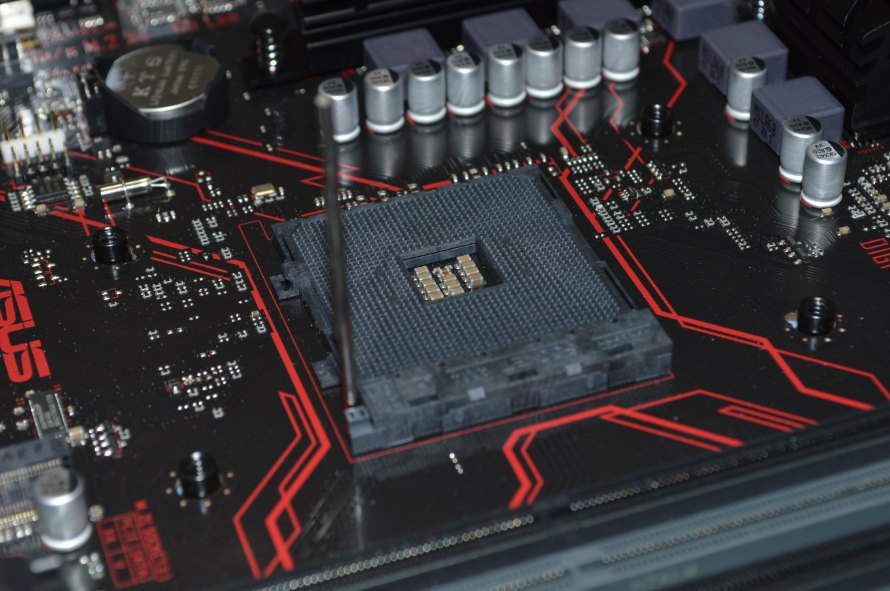
Processor
The processor is the ‘brains’ of the computer; where all the computing is performed. Also referred to as a microprocessor or CPU, the processor fetches, decodes, and executes program instructions. Processor chips are identified by the manufacturer and processor type, for example, Intel Core i7.
Memory
RAM (Random Access Memory) on a motherboard is where information is stored while a PC is in use and are installed in the SIMM slots. RAM stores dynamic data and is volatile, meaning that it loses its data when power turns off.
Chipset
A chipset is a link between the outside world and the processor. It controls the hard drives and a multitude of I/O devices. A chipset is a collection of small circuits that dictate the flow of data to/from various components in a PC, such as the CPU, secondary cache, and the main memory. There are two main chipsets, Northbridge and Southbridge.
Northbridge- (Memory Controller) Responsible for controlling transfers between RAM and the processor; can also be referred to as the GMCH (Graphic Memory Controller Hub).
Southbridge- (I/O or Expansion Controller) handles communication between peripheral devices; can also be referred to as ICH (I/O Controller Hub).
Why the term bridge? Typically, because it is a component that connects two busses.
Expansion Buses
I/O pathway from CPU to peripheral devices; allows expansion cards/boards to be inserted into the bus (PCI, ISA, EISA). They provide additional features for a computer.
The need for different busses on a motherboard is because of data width, cycle rate, device management, and type. Multiple busses are needed because some devices on the board are slower than others and do not require or cannot support the same bus speeds. Even though there are 64-bit busses, 32-bit busses included because there are operating systems that run in 64 and 32-bit.
BIOS
A BIOS (Basic Input/Output System) is a read-only memory that is comprised of low-level software which governs the hardware (the interface that allows communication between the OS and hardware). Also referred to as drivers or device drivers, the BIOS is stored on a ROM chip and retains information even after power is cut off (non-volatile storage).
CMOS RAM/Battery
CMOS RAM stores primary data such as information about the CPU, date and time, plug and play settings, RAM size, and power saving settings. The CMOS battery is what powers the CMOS RAM chips when power is off.
CPU Fan/Heatsink
With all of these different parts connected to one motherboard, heat is generated and needs to be reduced. So, there are mounting points for either a heatsink (way to dissipate heat with no moving parts), fan (self-explanatory), a combination of both, or even liquid cooling connections.
Several other parts are included in motherboards, such as USB connections, parallel ports, floppy/IDE controllers, ISA slots, AGP ports, and power supply connections.
Upgrading
Upgrading a motherboard, by itself, will not provide much of a performance increase because it is just an interface for different devices. However, adding a stronger motherboard and CPU combination can make a PC feel like an entirely new machine. Upgrading motherboards can allow the use of faster memory, advanced graphics cards, and support the latest internal bus technologies.
Categories: Hardware, Performance/Gaming







Not many blogs going into great detail like this. Looking forward to reading more with this much detail!
LikeLike